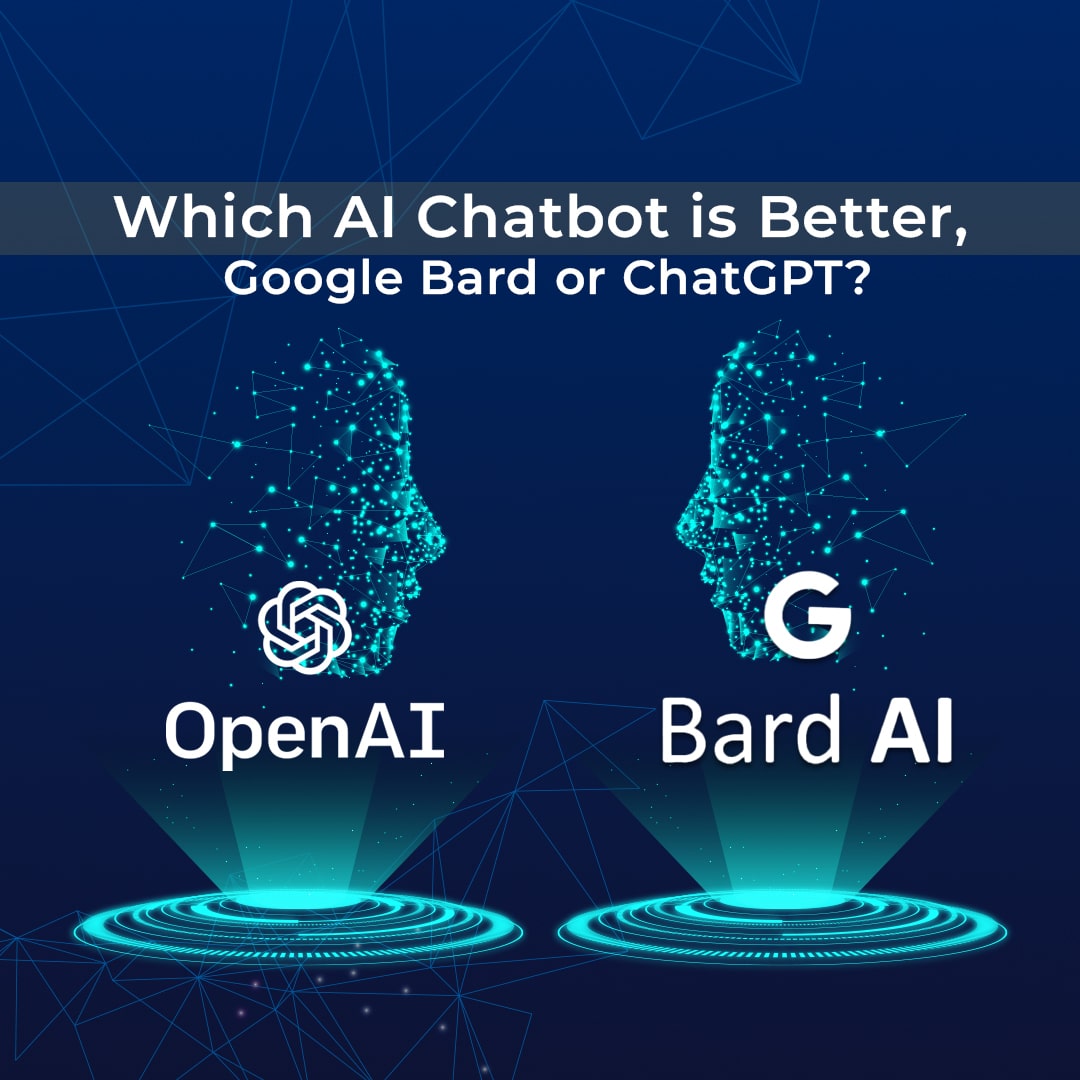
Google Bard vs. ChatGPT: Dive into Generative AI
In the world of AI-powered conversations, the likes of Google’s Bard and OpenAI’s ChatGPT have made waves. Powerful and transformative, they’ve changed the way humans and machines interact. Many major tech companies have embraced AI because it’s not just an electronic assistant, but can become a primary tool for work.
What is ChatGPT?
Originating from OpenAI, ChatGPT is based on the GPT (Generative Pre-trained Transformer) series, with GPT-3 and GPT-4 being its latest iterations. It uses deep learning models with millions of parameters, trained on vast amounts of text. ChatGPT can generate human-like text, answer queries, assist with tasks, and even make conversation, making it one of the most versatile generative models available.
What is Bard?
Google Bard, as Google’s offering in this space, is equally ambitious. While specifics around its underlying architecture can be proprietary, it’s evident that Bard is a product of Google’s extensive experience in natural language processing (NLP) and machine learning. Bard is designed to facilitate seamless interactions, providing contextually relevant and coherent responses to user prompts.
Google Bard vs ChatGPT: Features
Both models come equipped with an impressive feature set:
ChatGPT:
- Extensive general knowledge due to large-scale training data.
- Capability for task-specific fine-tuning.
- Offers context-aware responses and can handle multifaceted prompts.
Google Bard:
- Harnesses Google’s vast knowledge graph, possibly leading to more accurate fact-based responses.
- Enhanced coherence over long interactions.
- Superior integration capabilities with Google’s ecosystem.

Key Differences
- Training and Data: While both models are trained on vast datasets, Bard might have an edge when accessing real-time, updated information due to Google’s extensive web reach.
- Integration: Bard is likely to be more intertwined with Google services, making it a natural fit for users deeply embedded in the Google ecosystem.
- Customization: ChatGPT has demonstrated abilities for developers to fine-tune the model on specific datasets, possibly giving it an edge in niche applications.
How is AI used in Gambling?
The mention of AI might seem a tangent, but its relevance is growing even in sectors like gambling. AI models, including generative ones, can:
- Predicting user behavior. By analyzing past bets and game results, AI can offer strategies or bets to users, which users actively use at Luckland Casino online – improving their game.
- Enhance User Experience: Chatbots can assist users in navigating gambling platforms, answering queries, or even offering game tutorials.
- Identify Problematic Gambling: AI can spot patterns indicating addiction, prompting platforms to take protective measures.
Alternatives to Generative AI
While Bard and ChatGPT are at the forefront of generative AI, alternatives exist:
- Rule-Based Chatbots: Based on predefined rules, they’re less flexible but can be more predictable.
- Retrieval-Based Models: Instead of generating responses, they select the most appropriate one from a set.
- Hybrid Systems: Combining rule-based, retrieval, and generative mechanisms for more balanced performance.
Conclusion
The choice between Google Bard and ChatGPT boils down to specific needs and preferences. While Bard might excel in integration and real-time data access, ChatGPT’s versatility and customizability make it a top contender. The rapid evolution in the AI space ensures that this competition will only lead to better, more sophisticated tools for users.
